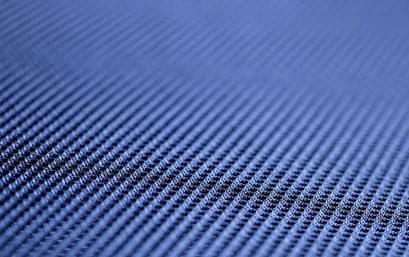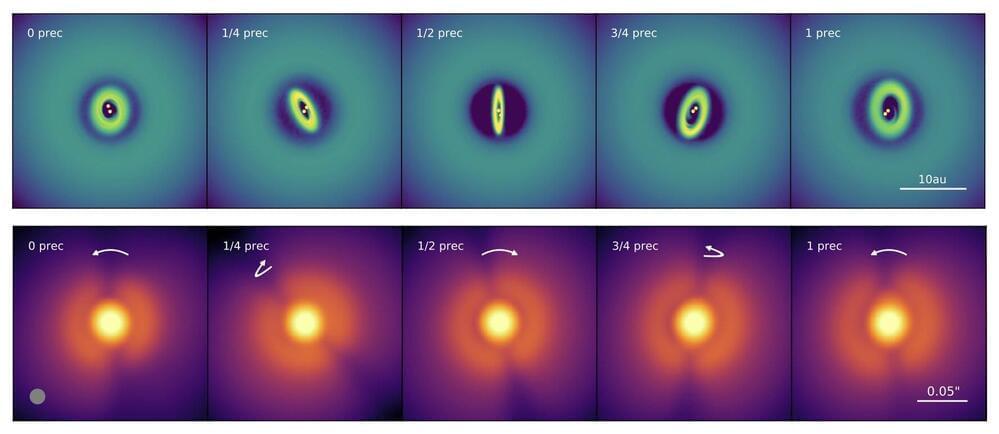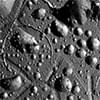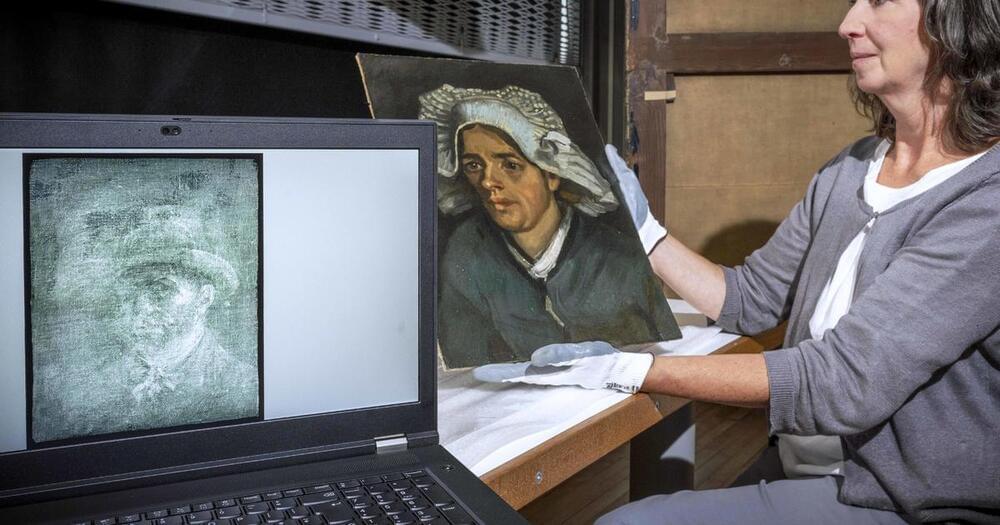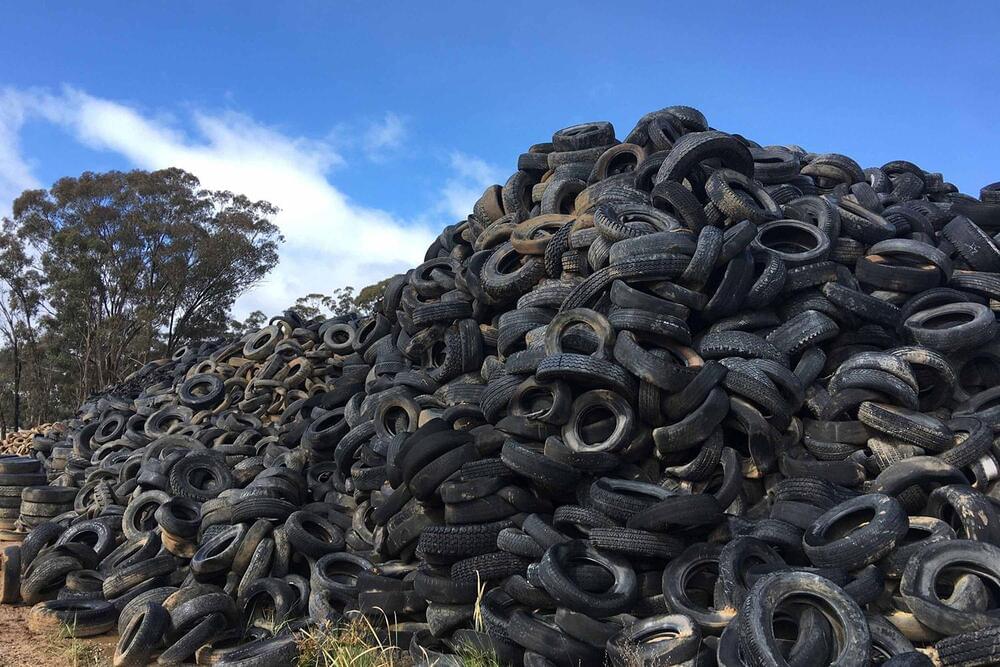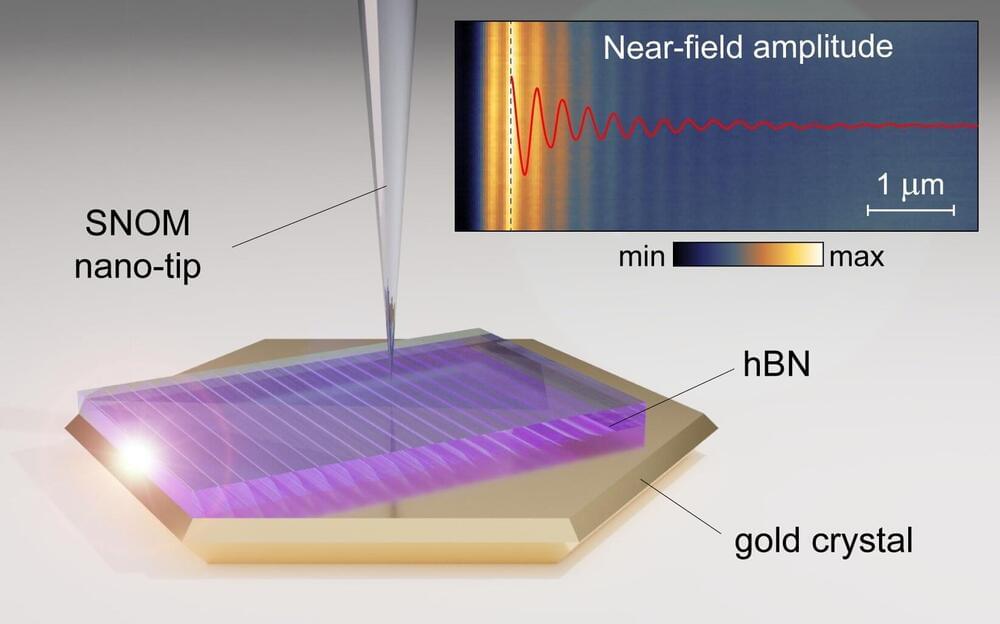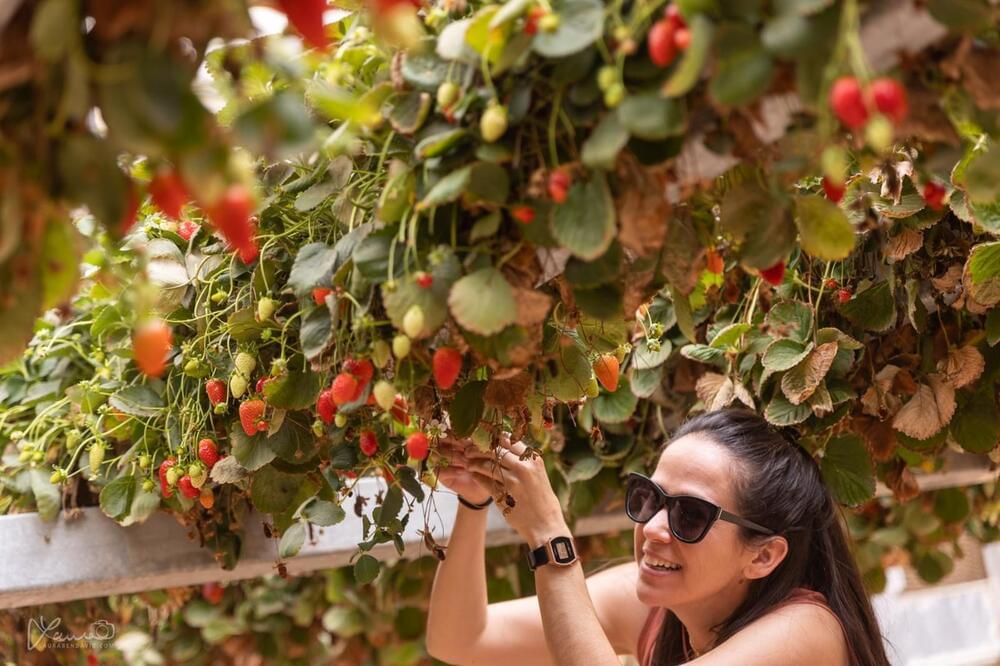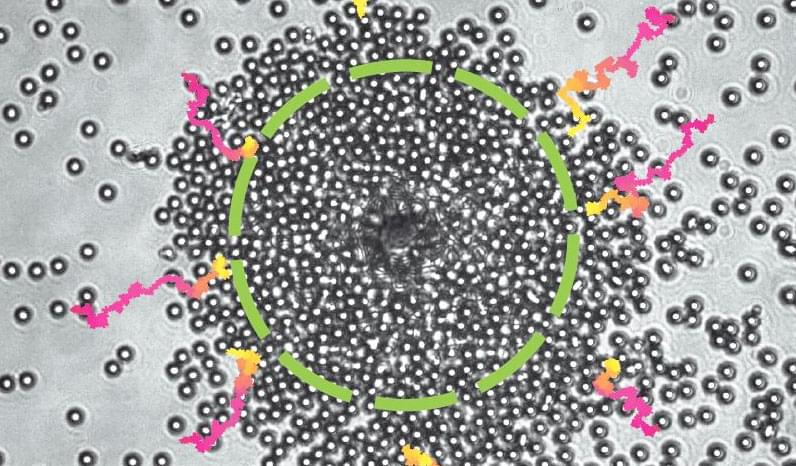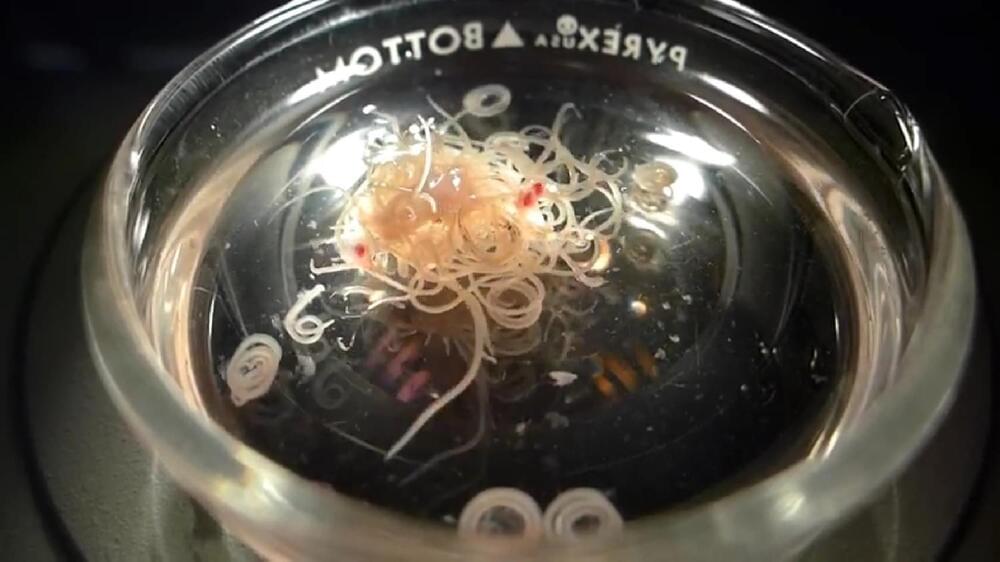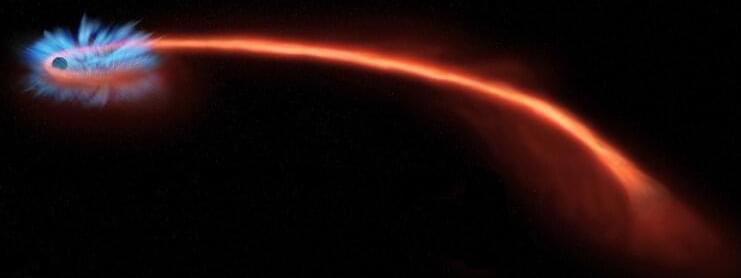Researchers at the Massachusetts Institute of Technology (MIT) Media Lab have created a novel fabrication process to produce smart textiles that comfortabl | Technology.
Using 3DKnITS, the research team created a “smart” shoe and mat, followed by building a hardware and software system capable of measuring and interpreting real-time data from the pressure sensors. An individual then performed yoga poses on the smart textile mat while the machine-learning system was able to accurately predict the individual’s motions and poses 99 percent of the time.
“Some of the early pioneering work on smart fabrics happened at the Media Lab in the late ’90s. The materials, embeddable electronics, and fabrication machines have advanced enormously since then,” said co-author Jospeh A. Paradiso, an Alexander W. Dreyfoos Professor and Director of the Responsive Environments group within the Media Lab. “It’s a great time to see our research returning to this area, for example through projects like Irmandy’s — they point at an exciting future where sensing and functions diffuse more fluidly into materials and open up enormous possibilities.”
Wicaksono now plans to refine the circuit and machine learning model since the fabrication technique has been deemed a success. This refinement involves the removing a time-consuming calibration step which currently needs to be done to each individual before the system can classify actions. Once this is done, 3DKnITS will be easier to use. Along with that, the researchers also hope to conduct tests on smart shoes outside of the lab to test how the accuracy of the sensors are affected by environmental conditions such as temperature and humidity.
